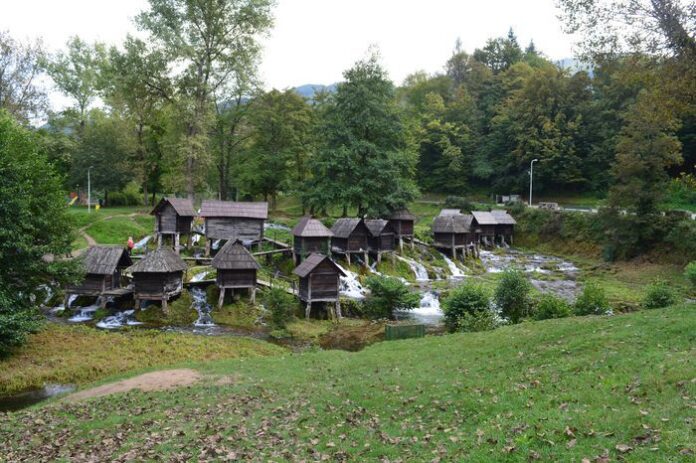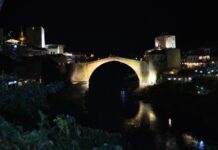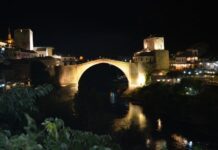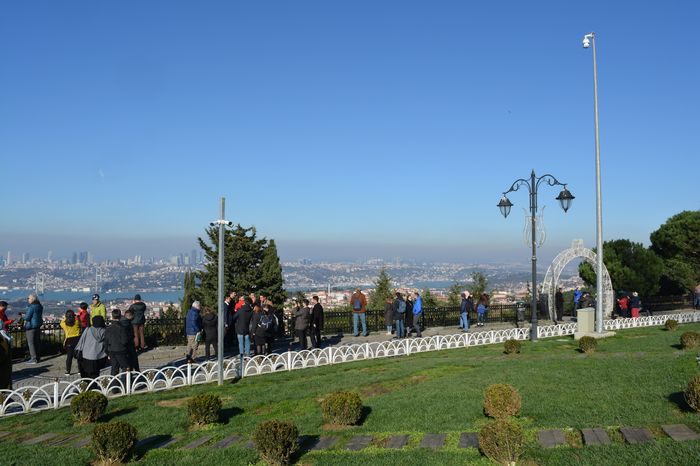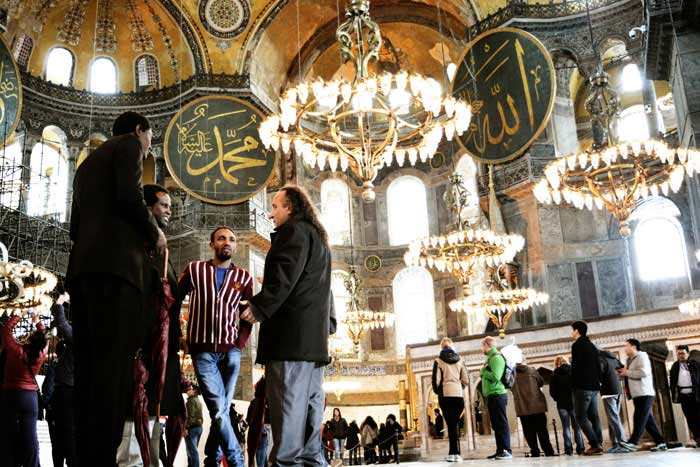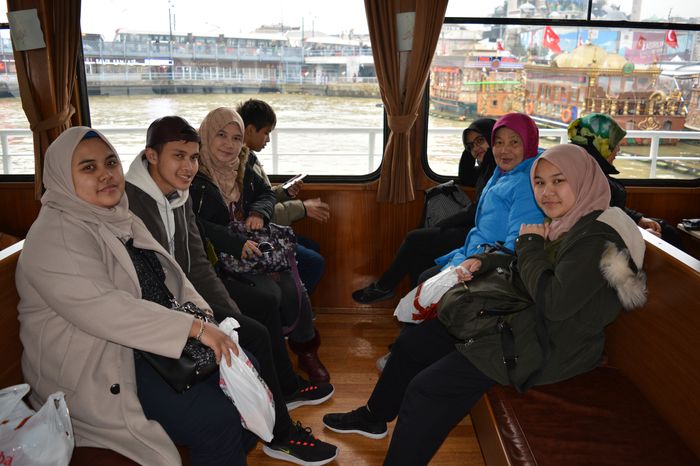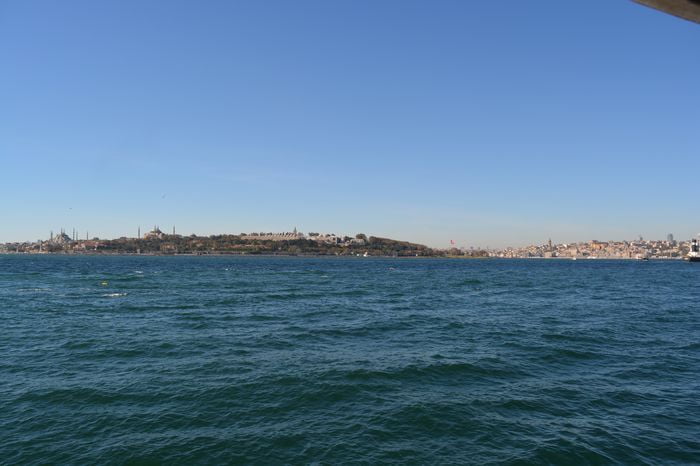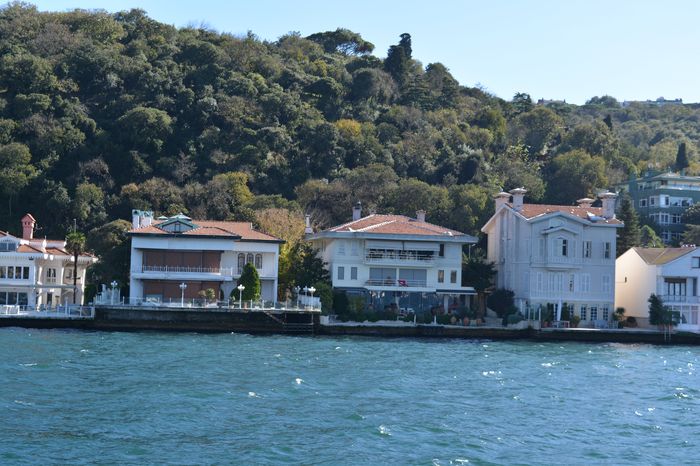Constantinople’s Diverse Population
Experienced travelers often claim that Constantinople is the place where the largest number of different races, wearing the most colorful costumes, can be seen. Those who have watched the crowds on the bridges of the city agree with this statement. The people pass by in various ways: on foot, on horseback, on donkeys, in carriages, and even in sedan chairs. The diversity of the people and their traditional clothing makes the scene truly unique Sightseeing Tours Ephesus.
The Golden Horn Bridges
There are two bridges across the Golden Horn, located about a mile apart. These bridges are pontoon bridges, meaning they are made from planks laid on iron floats or caissons. They were originally built as temporary structures. A permanent bridge connecting the two sides of the Golden Horn—Stamboul (the main Muslim area) and Galata (where foreigners live)—has been proposed many times. Plans have been submitted repeatedly, but no one has agreed to build it without receiving a large payment in advance, and there is rarely enough money in the Sultan’s treasury.
Attempts to Build a Permanent Bridge
Several companies have tried to construct a permanent bridge across the Golden Horn, but none have succeeded. Over the years, many promoters have tried to get permission for such a project, but they have always been unsuccessful. As a result, the temporary pontoon bridges still remain in place. These bridges serve not only as a means of crossing the Golden Horn for over a million people, but also as landing places for ferry boats, pleasure steamers, private yachts, and other small boats traveling on the Bosphorus The Accumulation of Mail.
Design of the Pontoon Bridges
The caissons that make up the pontoons are large, rectangular iron casks. They are 60 feet long, 30 feet wide, and 20 feet high. These large casks are chained together with gaps between them, allowing water to flow freely. There is a system in place where two of the floats can be detached in the middle of the day to make way for large ships. However, this process is slow, and it can interrupt traffic for half an hour or more. Because of this, there is a scheduled time for ships to pass through the bridge. Every morning, from four to six o’clock, the gate is opened for vessels to pass. Anyone who misses this window must wait another 24 hours before they can cross.
Structure and Function of the Bridges
The floats have a frame of timbers placed on top of them, which are planked over to create a stable walking surface. Although these temporary bridges are far from ideal, they still serve the city’s needs and allow thousands of people to cross the Golden Horn every day.
